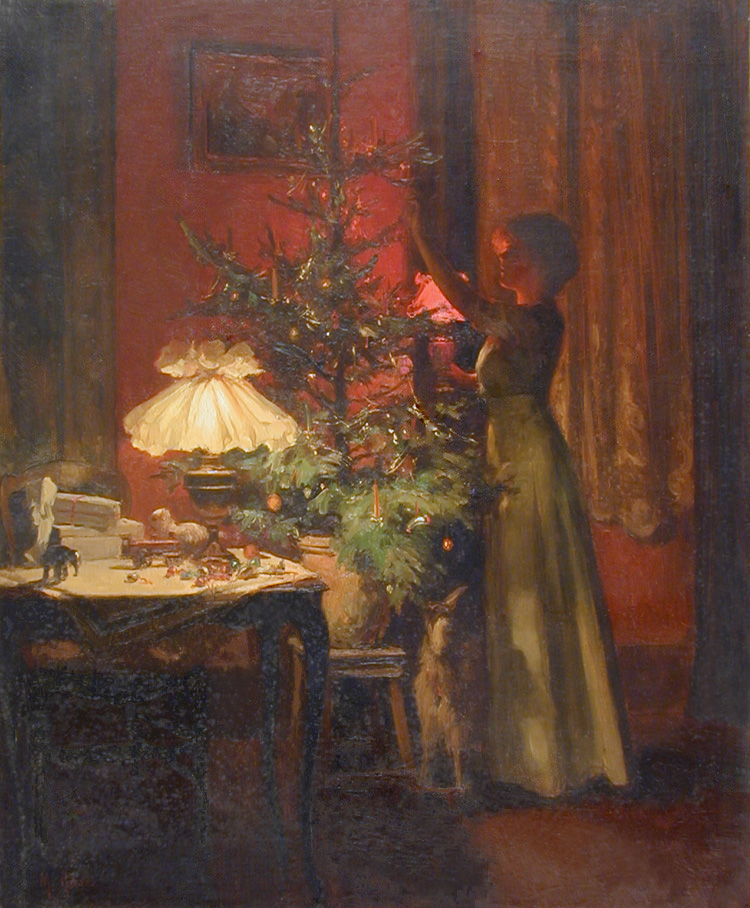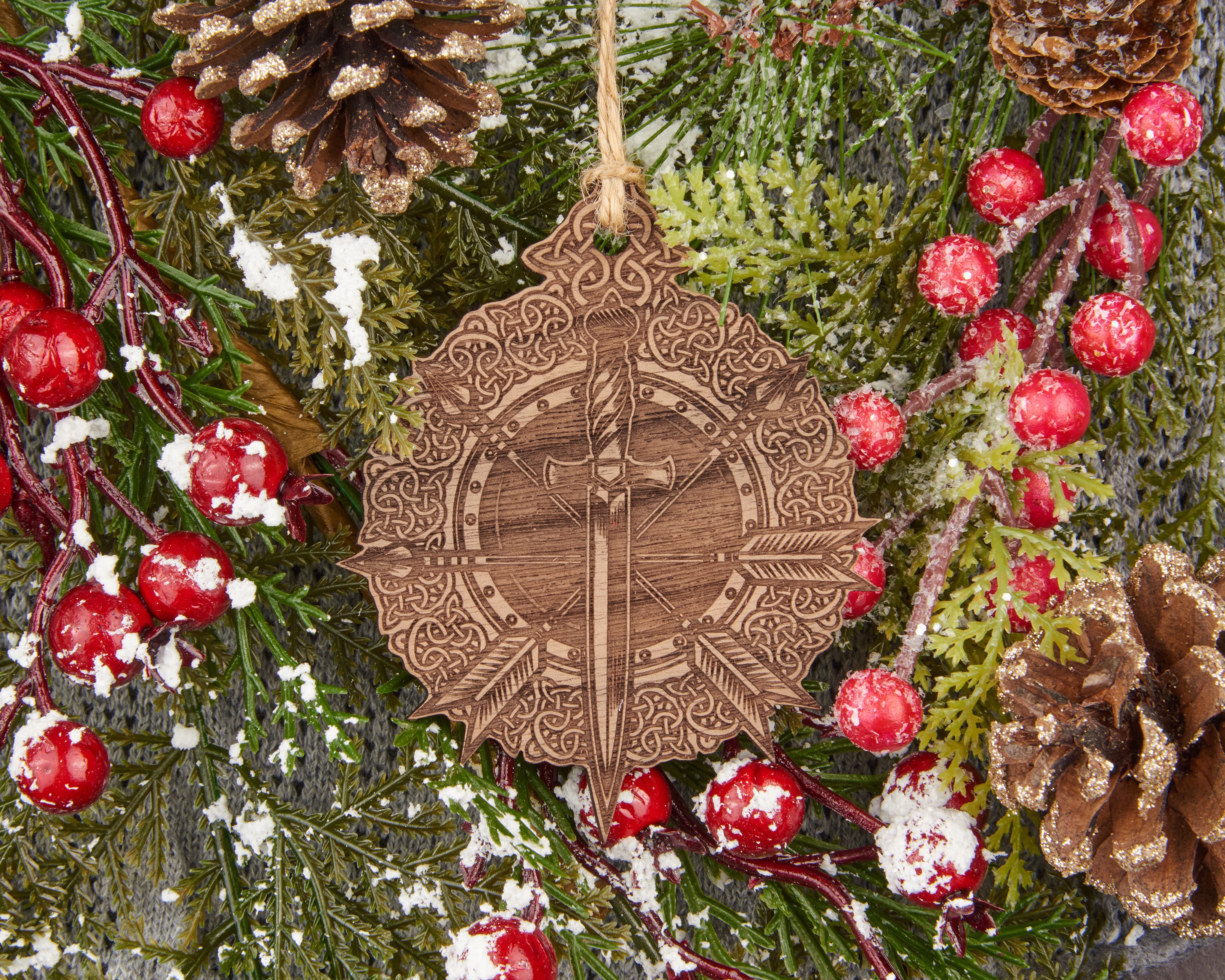Christmas, a time of joy and celebration, has transformed significantly over the centuries. One of the most captivating eras for Christmas traditions is the medieval period. From the early feasting of the nobility to the humble celebrations of the peasants, medieval Christmas decorations were rich with symbolism and natural beauty. In this article, we will delve into the enchanting world of medieval Christmas decorations, exploring their history, styles, and how you can recreate them in your home today.
Table of Contents
- The History of Christmas Decorations in Medieval Times
- Popular Styles of Medieval Christmas Decorations
- Materials Used in Medieval Christmas Decorations
- How to Incorporate Medieval Style into Modern Decor
- Pros and Cons of Medieval Christmas Decorations
- Frequently Asked Questions
The History of Christmas Decorations in Medieval Times
The roots of Christmas decorations can be traced back to pagan traditions, but by the medieval era (approximately 500 – 1500 AD), a unique transformation took place. The Christmas season became a time for feasting, celebration, and, importantly, decoration.
The Influence of Christianity
With the spread of Christianity, many pagan practices were adapted into Christian traditions. During the medieval period, decorations became heavily influenced by biblical references and Christian symbolism. This evolution meant that decorations not only enhanced the festive spirit but also served to remind people of the religious significance of the holiday.
Royal Celebrations and Influences
Nobles and royalty often led the way in Christmas traditions, showcasing elaborate decorations. For instance, the grand Christmas feasts held in castles were adorned with greenery, and lavish displays of food and drink served as both decoration and sustenance.

Peasant Celebrations
While the upper class enjoyed extravagant festivities, the common folk celebrated Christmas with simpler, yet equally charming decorations. Natural elements from the surrounding environment played a critical role, showcasing the resourcefulness of the people. These humble decorations told a story of community and gratitude.
Popular Styles of Medieval Christmas Decorations
Throughout the medieval period, various styles emerged that reflected both the social status and regional traditions. Below, we explore some of the most notable styles of medieval Christmas decorations.

1. Natural Greens and Flora
Evergreen plants such as holly, ivy, and mistletoe were popular for decoration, symbolizing everlasting life and hope. These natural elements were used to adorn homes, churches, and even tables during feasts.
2. Candles and Lanterns
Candles were a significant part of medieval Christmas décor. They represented light in the darkness of winter and were often placed in windows to welcome guests. Lanterns made from iron and glass were also common, illuminating homes and pathways.

3. Ornaments and Food Displays
Food itself became a decorative element during medieval celebrations. Breads, cheeses, and meats were displayed artfully, showcasing abundance and hospitality. Decorative breads shaped like animals or figures were especially popular.
Materials Used in Medieval Christmas Decorations
The materials used for decorations in medieval times were a reflection of the available resources and the social status of individuals. Here, we discuss the most common materials utilized in creating festive décor.

1. Natural Materials
| Material | Usage |
|---|---|
| Holly | Garlands and wreaths |
| Ivy | Wall decorations |
| Mistletoe | Hanging in doorways for good luck |
2. Textile Fabrics
Textiles were used to enhance festive decor, especially in noble households where rich tapestries and heavy drapes added a touch of elegance. Common fabrics included:
- Wool for warmth
- Silks and velvets for nobility
- Homespun linen for simpler homes

3. Wood and Iron
Wooden carvings and ironwork were also prevalent. Candles were often placed in ornate iron holders, and wooden figurines and toys became popular gifts among children.
How to Incorporate Medieval Style into Modern Decor
Bringing medieval Christmas charm into your home can create a cozy and welcoming atmosphere during the holiday season. Here are some tips to help you curate your medieval-inspired decor.

Creating Traditional Garlands
Use natural elements like pine branches, holly, and dried orange slices to create festive garlands. These can be hung across doorways or mantels, evoking that rustic medieval charm.
Using Candles Wisely
Incorporate candles in your decorations. Opt for beeswax candles in iron candleholders for authenticity. Placing them in strategic areas around your home will create a warm glow reminiscent of the medieval era.
Setting a Rustic Table
For your holiday meals, set a rustic table using wooden platters and handmade pottery. Display seasonal fruits, loaves of bread, and cheeses to echo the medieval tradition of food as decoration.
Utilizing Medieval Symbols
Incorporate symbols of the Christmas story, such as stars, angels, and nativity scenes. Handmade decorations that reflect these themes resonate deeply with the spirit of the holiday.
Pros and Cons of Medieval Christmas Decorations
As with any decorating style, there are both advantages and disadvantages to embracing a medieval approach. Here are some pros and cons to consider.
Pros
- Rich History: Embracing medieval decorations connects us to a rich historical tradition.
- Natural and Eco-Friendly: Many medieval decorations use natural materials, making them environmentally friendly.
- Unique Aesthetic: Medieval decorations stand out, providing a unique charm to your holiday festivities.
Cons
- Time-Consuming: Creating traditional decorations can be labor-intensive.
- Limited Availability: Authentic medieval-style decorations may be harder to find in stores.
- Cost: Handmade or bespoke decorations can be more expensive than mass-produced items.
Frequently Asked Questions
What were the most common medieval Christmas decorations?
Common decorations included natural greens like holly and ivy, candles, and food displays. Nobility often adorned their homes with lavish tapestries and intricate ornaments.
How can I recreate medieval Christmas decorations at home?
Use natural elements, candles, and rustic table settings. Incorporate medieval symbols, and consider creating your decorations using traditional materials.
What materials were popular in medieval decorations?
Popular materials included natural flora, textiles (wool, silk, linen), wood, and iron for candle holders and decorative items.
What did medieval peasants use for decorations?
Peasants often used readily available materials such as evergreen plants, simple textiles, and handmade ornaments, focusing on functional yet beautiful décor.
As we embrace the festive spirit of Christmas, let us remember the timeless traditions that have shaped our celebrations over the years. Medieval Christmas decorations offer us a unique glimpse into the past and an opportunity to create a warm, inviting atmosphere that honors history while celebrating the present.